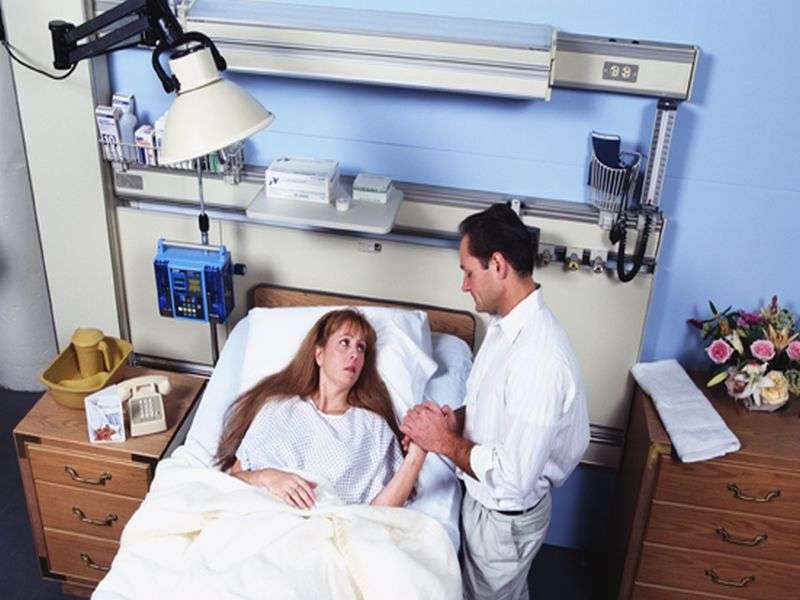(HealthDay)—For deteriorating adult patients in the emergency department, no family presence and physical family presence result in predominantly negative clinician-family-patient interactions, while therapeutic family presence results in positive clinician-family-patient interactions, according to a study published online Jan. 19 in the Journal of Clinical Nursing.
Megan J. Youngson, R.N., from Deakin University in Burwood, Australia, and colleagues examined the characteristics and interactions of clinicians, patients, and family members during management of deteriorating adult patients in the emergency department. The authors observed five clinical deterioration episodes within a 50-bed emergency department.
The researchers found that while family are present during a patient's episode of deterioration, presence, roles, and engagement describe the interactions between clinicians, family members, and patients. Presence was categorized as no presence, physical presence, or therapeutic presence. During a patient's deterioration episode, clinicians and family members moved through primary, secondary, and tertiary roles. Engagement was either superficial or deep. A complex interplay was identified between presence, roles, and engagement, with each affecting the form of the other variables.
"This study identified three types of presence that occurred during a patient's episode of deterioration," the authors write. "No presence and physical presence resulted in predominantly negative clinician-family-patient interactions, while therapeutic presence resulted in positive clinician-family-patient interactions."
More information: Full Text (subscription or payment may be required)
Journal information: Journal of Clinical Nursing
Copyright © 2017 HealthDay. All rights reserved.



















